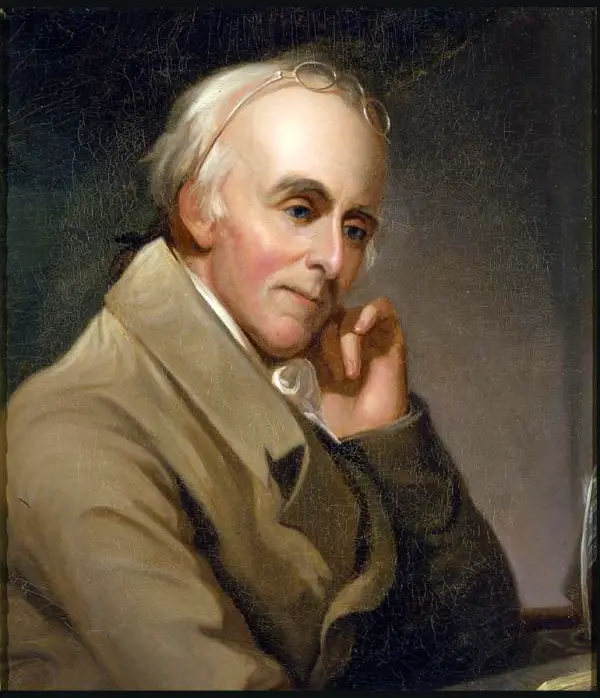Education
Several movements began in the United States from 1800 to 1850 including education. In a short time span after the Revolution War the United States began to form schools and public education systems.
At first the schools were created in densely populated areas. Soon there would be schoolhouses around the frontier lands as settlers traveled west. Education was different in various places around the country.
The education system in the United States took important steps during this time period to ensure children could learn to read and write. Even though education began to gain importance, there were children left behind based on race, ethnic backgrounds, and physical problems.
Establishing education
Establishing public education in the United States started in the late 18th century. There were provisions to establish a public education system in several laws after the Revolution War. There were important people like Thomas Jefferson and Dr. Benjamin Rush who pushed for public education.
But even with provisions to furnish land for schools, education varied from region to region. For instance, communities in the north tended to encourage state-run schools. Communities in the south with less people tended to rely on churches and parents.
The education system was left to private entities to run schools or church related schools. The education system was dominated by males. Females did not go to school as often. Learning how to read and write was important but schools also taught principles of morality too.
The rise of public education
In the United States during the 1800s there was a movement to have public education systems. The time frame is known as the Common School Period. Communities began to move from private schools to public schools.
One person that championed public education was Horace Mann. The first public school was opened in 1821 at Boston, Massachusetts. The school was opened to male students only much like the private schools before.

Common Schools
Schools and education during the early 19th century was done in a one-room schoolhouse. The children were mixed in age. There could be students that were 5 years old and students in their early teens.
The school year revolved around specific activities of the community. For instance, school was not available during planting or harvesting. The common schools were funded by local taxes and were available to all white children.
Common schools in the north were generally overcrowded. This led to shortages of text books and materials. There was little time for teachers to interact with children.
Instead teachers spent time explaining facts to large numbers of students. In the south, common schools were less crowded but still lacked proper materials and text books for students.
Immigrants and education
With the vast amounts of immigrants entering the United States, schools and education systems concentrated on making students more American.
For instance, learning how to read and write English was the number goal of many schools. Communities with large immigrant populations from a specific region of the world tried to hire teachers who could speak English and a specific language.
Schools were encouraged by local residents and governments to Americanize their students.
Important facts about Education from 1800 to 1850
- Early education systems were usually provided by private entities like churches.
- Thomas Jefferson and Dr. Benjamin Rush were strong supporters of education.

Benjamin Rush - The first blackboard was invented in 1801 by James Pillan of Scotland.
- Northern states preferred state-run schools. Southern states relied heavily on churches and parents.
- Schools were only open to white children. Slaves in the southern states were not educated. Only females from wealthy families attended school in the earliest years of the 19thcentury in the United States.
- The first public school movement is called the Common School Period. Horace Mann championed the Common School Period movement.
- Education on the frontier was mainly done by parents and churches. Some communities had a one-room schoolhouse before 1850. Students of all ages shared the same classroom and teacher.
- Immigrant children were encouraged to learn English and Christian morals.
Questions
Who were two early supporters of education in the United States?
Thomas Jefferson and Dr. Benjamin Rush
What was the most important subject for immigrant children to learn?
English
What is the public school movement in the 1800s referred to as?
Common School Period
Education in the early 19thcentury in the northern states was conducted by what type of schools?
State-run schools
Who did southern states rely on for educating their children?
Churches and parents



